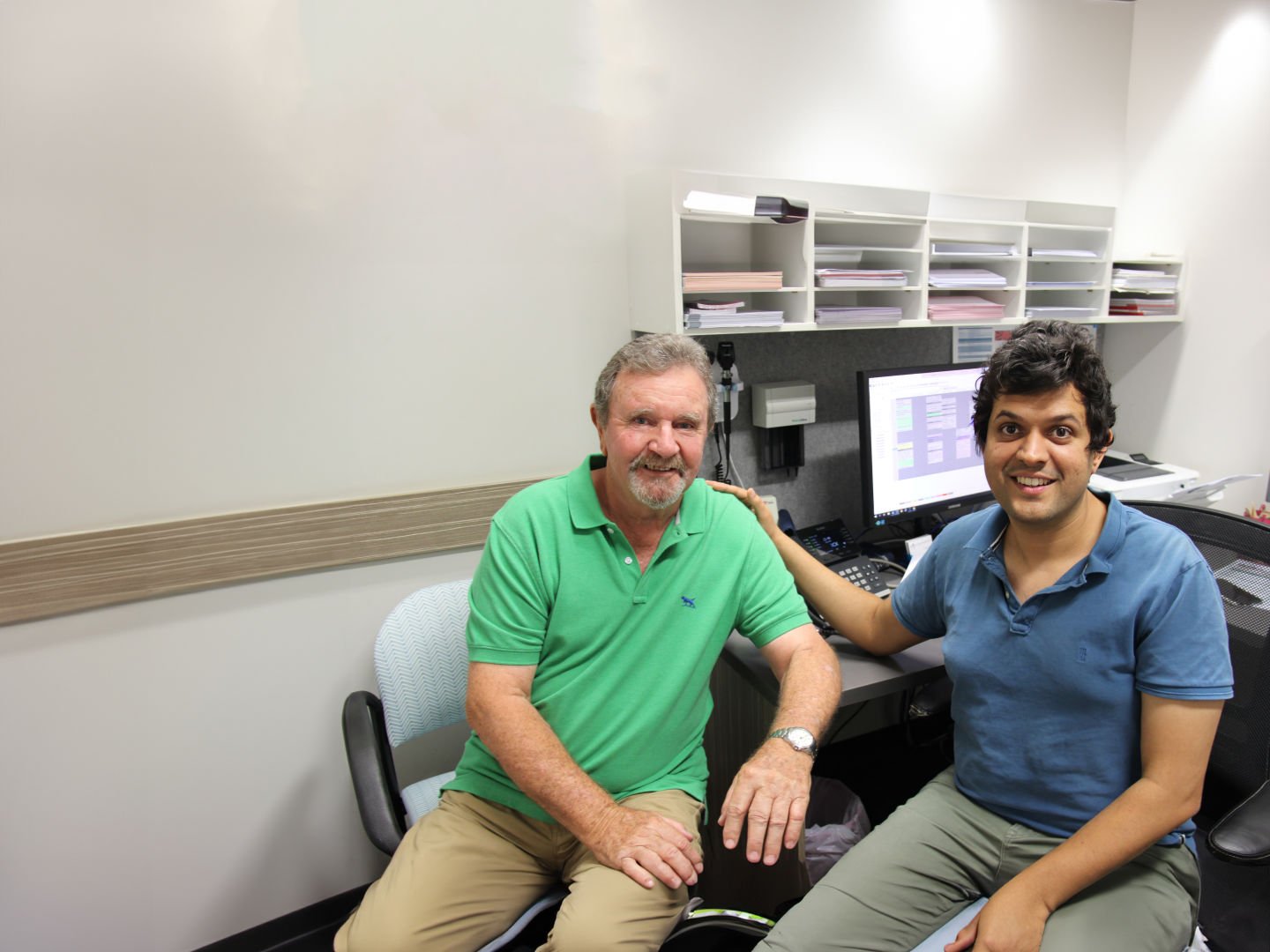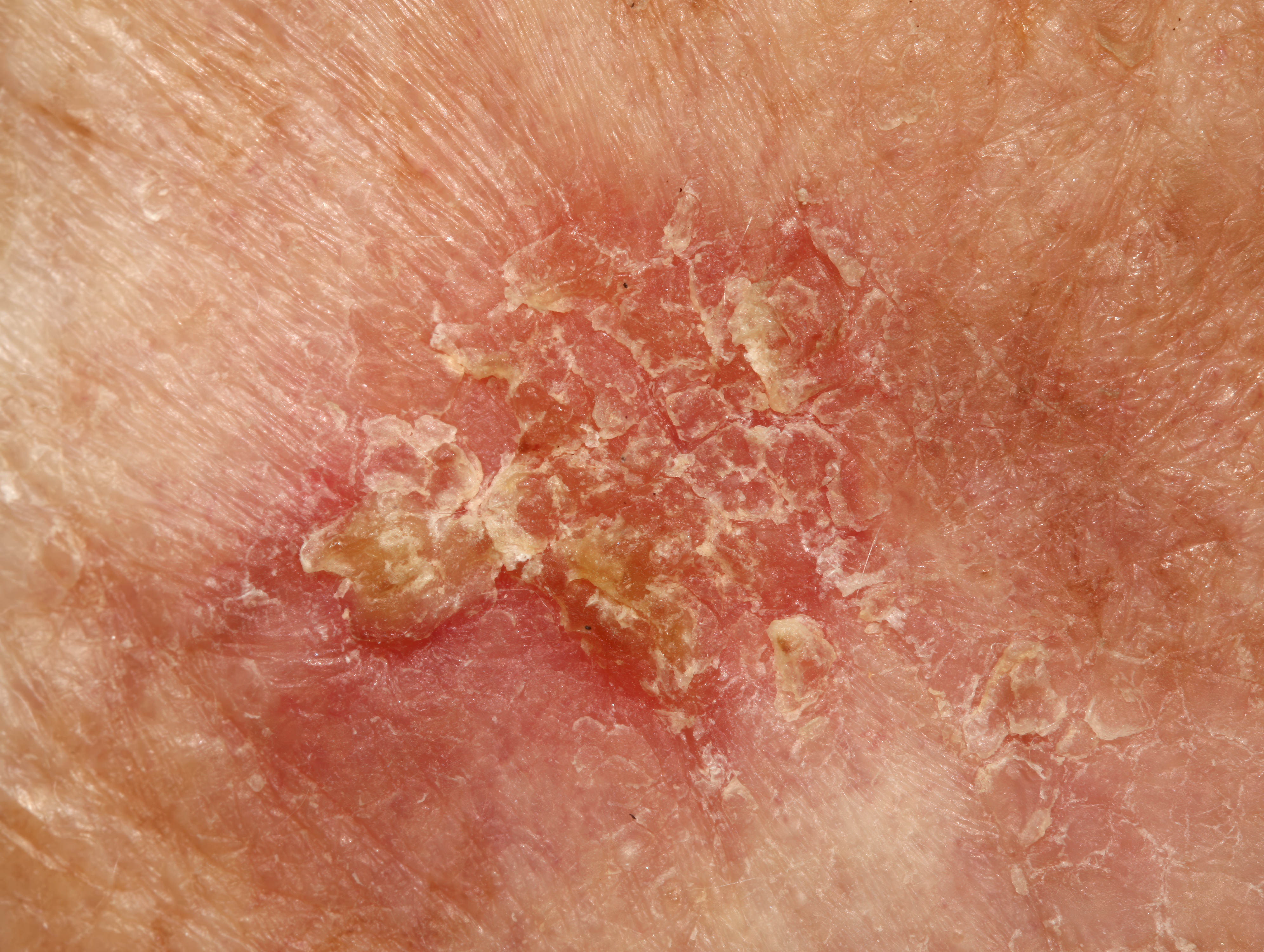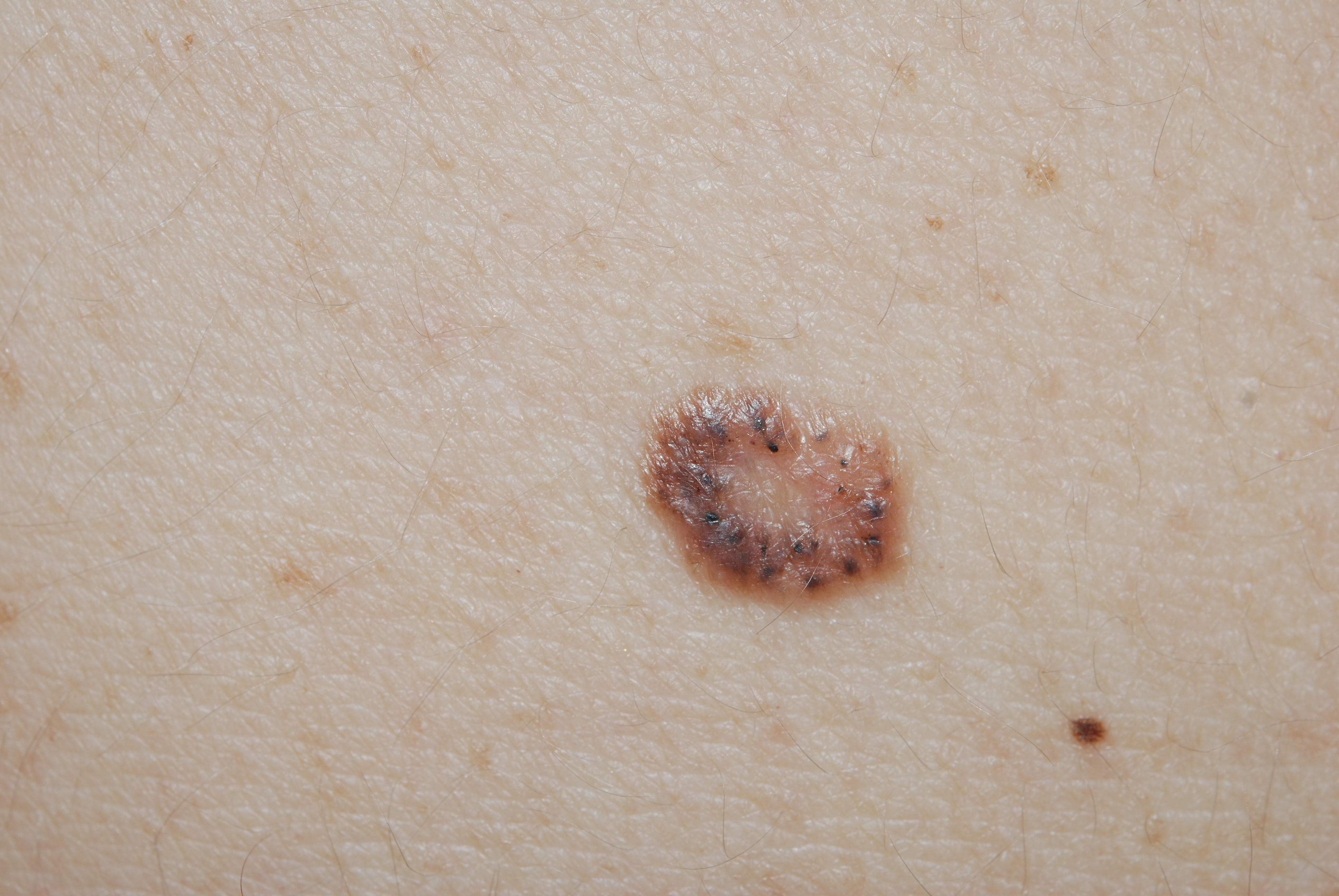Protect your life with a skin check
When John Hyde was given an impromptu skin check by a new GP, he never thought it would end up saving his life.
By Nadia Howland

Australia has the highest rate of skin cancer in the world. Most parts of Australia have high levels of UV radiation from the sun all year round. UV radiation, which cannot be seen or felt, can cause sunburn, premature skin ageing, and damage to skin cells. This can lead to skin cancer.
While there’s lots of awareness and education around sun safety and skin checks, we get complacent and often a little reminder can truly be a lifesaver.
According to SunSmart—the prevention program behind the famous Slip! Slop! Slap! campaign—more than 2,000 Australians die from skin cancer each year, and more than two in three Australians will be diagnosed with skin cancer in their lifetime.
Skin cancer is the most commonly diagnosed type of cancer in Australia— and it can be almost entirely prevented.

Melanoma
Types of skin cancer
Basal cell carcinoma
This cancer typically appears as a white, waxy lump or a brown, scaly patch on sun-exposed areas such as the face and neck. Treatments include prescription creams or surgery to remove the cancer.
Squamous cell carcinoma
This cancer usually presents as a red, scaly spot that doesn’t heal. You are most likely to find them on the back of your hands, forearms, legs, scalp, ears, or lips. If it’s on your lips, it can look like a small ulcer or patch of scaly skin that doesn’t go away. Treatment varies and may involve surgery and sometimes chemotherapy and radiation.
Melanoma
Melanomas can occur anywhere on the body. Common signs include bigger mole diameter, darkening of the skin, mole colour changes, or a mole with an irregular border. Treatment may involve surgery, radiation, medication, or in some cases, chemotherapy.
When John Hyde’s regular GP announced she was leaving his local medical practice, he was disappointed. He always looked forward to their banter-filled chats, however, she assured him she was leaving him in good hands with a fellow GP, Dr Sharad Paliwal.
At his first appointment with Dr Paliwal, John was surprised when the GP insisted on doing a skin check.
“I didn’t think I needed one. I’d had skin checks before and they’d never found anything suspicious. I wasn’t concerned.”
However, Dr Paliwal quickly identified a spot on John’s back that he said needed to be excised immediately.
“I thought he was going to refer me to someone to get it cut out, but he wanted to remove it right there in his office. I couldn’t believe it,” John says.
It turned out to be a lifesaving decision. Pathology testing showed the spot was indeed a melanoma. John was referred to a skin cancer specialist for further testing. The specialist told John that if Dr Paliwal had not removed the aggressive melanoma on the spot, it likely could have metastasised or spread.
John considers himself extremely fortunate to have walked into Dr Paliwal’s office that day and says he is still having “bits and pieces” removed or treated with liquid nitrogen by Dr Paliwal.
Dr Paliwal says, “If we think something’s suspicious, it should be biopsied rather than monitoring it. If it looks funny, we should just take it out.”
He says if a patient is concerned about a spot, they can “absolutely” ask their GP or dermatologist to remove it.
“There are clues that suggest what we should check, things such as asymmetry, funny borders, raised areas, any sensations, or funny pigment patterns. Those kinds of things might indicate something concerning. Those are the sort of things we look at when we decide to biopsy or excise a lesion.”
Asked how often over-50s should be having skin checks, Dr Paliwal says, “I think if they're low risk, annual skin checks with your local doctor, skin clinic or dermatologist is fine but for people with a history of melanoma or other skin cancers, you might want to get checked every six months or every three months even.
“It depends on your skin type and history but for most people, maintaining good sun protection and having annual skin checks is a good idea.”

Squamous cell carcinoma
There are many types of skin cancer, each of which can look different on the skin.
There are also other types of skin spots and changes that are not skin cancer but could be a warning sign.
A key step in preventing skin cancer is knowing your skin and noticing changes.
Any changes including new spots or changes in shape, colour, or size of an existing spot should be checked by your GP or skin specialist.

Basal cell carcinoma
Skin cancer signs may include:
- New spots on your skin.
- Changes in the size, shape, or colour of an existing spot. These changes can vary greatly so there is no one way to describe how a skin cancer looks.
- A spot that is itchy or painful.
- A non-healing sore that bleeds or develops a crust.
- A red or skin-coloured shiny bump on the top of the skin.
- A red, rough, or scaly spot that you can feel.
- A growth with a raised border and central crust or bleeding.
- A wart-like growth.
- A scar-like growth without a well-defined border.
Most skin cancers are found by people checking their own skin or are noticed by a loved one. If you notice anything unusual, visit your doctor as soon as possible.

This article is featured in National Seniors Australia’s quarterly member magazine, Our Generation.
Become a member today and receive a yearly subscription to Our Generation digital magazine as part of your membership, along with exclusive discounts, competitions, branch access and more!
Your membership directly funds our advocacy and research work that benefits older Australians including fixing pension poverty, tackling health care costs, and improving aged care.




